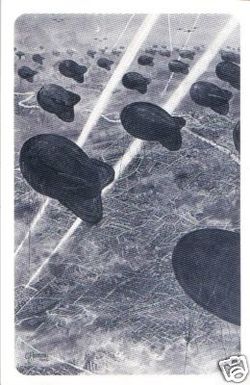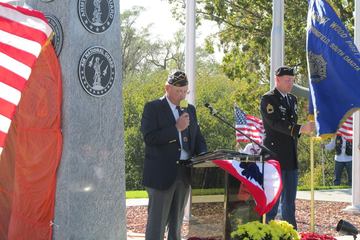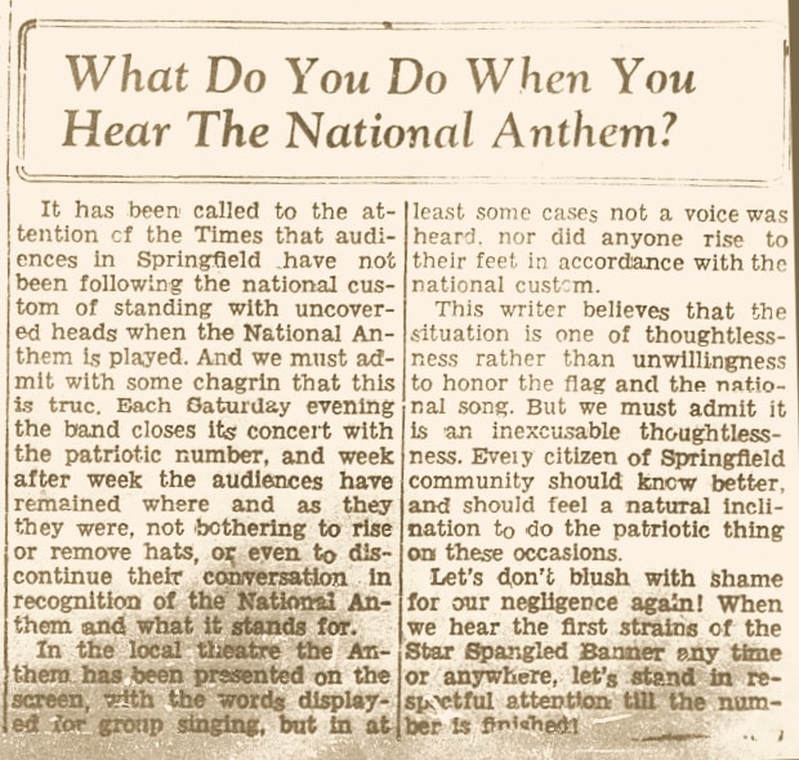|
Submitted by Lawrence Namminga, Jr.
When you look back on every war and conflict that our country has been part in there are those that perhaps because of legitimate health conditions, or they were working in a job vital to the defense of our country that in their own way “served” with a full sense of devotion. While my father served with the 30th division “Old Hickory” in Europe and in the Battle of the Bulge, and his brother served and another uncle served in the Pacific theatre in World War II, another of my father’s brothers was not allowed to serve in the armed forces and stayed and farmed to raise the food, etc. that was a vital contribution to the war effort. We have all heard the stories of “Rosie the Riveter”, and the WAFS, female aviators who flew every aircraft that the men were flying, and while at that time they did not fly in combat situations, there was still danger involved and they were doing a job that freed up young men to fly and fight in those combat theatres. Did they love their country any less? Wasn’t their work also a service to this great country? As I looked over the information that was given to me concerning speaking on Memorial Day I noticed that it suggested “speeches be strictly in the nature of a tribute to, or eulogy of, the dead in all our wars”. It reminded me of a comparison that I had made in this very spot several years ago as presented a program for Veteran’s Day. In the fall of the year we honor our Veterans with a special day called Veterans’ Day. Honoring them for their commitment to service. But Memorial Day is just a little different in that it is a day to remember those who have given their lives and have made the ultimate sacrifice. We should all remember the origins of Memorial Day. You mention it during this program. Within several years after the conclusion of the War between the States, several different communities in the North and the South wanted to hold a special day to remember their “own”. Much in line with Lincoln’s Gettysburg address while the war was still going on, it was a way to honor all those who had died. As Lincoln said, “It is altogether fitting and proper that we should do this. . . that these . . . . should not have died in vain.” Gen. Logan, commander in Chief of the Grand Army of the Republic said.”. . . .. . . .. “ So we have a long record of honoring those that gave their lives in service to our country. While I in no way want to deemphasize the importance of honoring the veterans who served, we must do that every year, we must remember them with a sense of true patriotism, I sometimes think that we should not overlook the importance of others who have served in other capacities during these times of national emergency. Yes, it is not only appropriate that we speak about the veterans of all of our “Wars” but it got me to thinking about the words of Pres. Bush and other leaders who want every single American to realize that we are in a War again. A war like none that we have ever been in before. That in turn got me to compare this “new war” and other wars of the past and to think about giving tribute to all people that have SERVED. When you concentrate on that one section, ‘THOSE WHO SERVED”, it brings to light an additional opportunity that we have to honor those people. To emphasize my point I want to relate to you several stories. The first is: In the summer of 1942 a small, single engine, two place civilian airplane is flying patrol over the Atlantic ocean approximately 25 miles off the coast of Atlantic City, NJ. After the United States had entered the second world war against Germany, a very real threat was from submarines attacking ships off the coast of the United States. The Navy and Coast Guard ships and aircraft were in short supply so a group of volunteers offered their time and aircraft to guard our coastline. Suddenly the aircraft spots a German submarine and notifies headquarter at the airfield in Atlantic City. Shortly after the notification, another civilian aircraft, a Grumman Widgeon, piloted by Johnny Haggins and Wynnant Farr takes off. This is a larger airplane and has been fitted with “dept charges”. It flies to the last known position of the submarine and begins its search. From the air, even though the submarine is submerged its “outline” can be seen under the water and so that aircraft now takes up the chase. (The rest of the story is that they did eventually sink the submarine!) Why would a group of people such as these with the new volunteer organization called the Civil Air Patrol put themselves in harms way? For the same reason that thousands upon thousands of American men and women have worked in many ways for the service of our country. The Second is from a more familiar event, and that is of the acts of terrorism on 9-11. That is when police officers, firefighters, EMTs, doctors, and civilians ran toward the carnage and performed acts of heroism that sounded like events you read about in times of war. Trying to pick out just one story of a hero is daunting---there are so many. But here is one. NYPD Officer Moira Smith was the first officer to report the terrorist attacks of September 11, 2001 when she saw the first plane strike the first tower of the World Trade Center. Smith, a 13-year veteran, ran into the towers and began assisting in the evacuation. Her coolness under pressure was remembered by a survivor, Martin Glynn: "The mass of people exiting the building felt the calm assurance that they were being directed by someone in authority who was in control of the situation. Her actions even seemed ordinary, even commonplace. She insulated the evacuees from the awareness of the dangerous situation they were in, with the result that everything preceded smoothly." Officer Smith is credited with saving hundreds of lives that day, giving her own in the process. She was the only female NYPD officer to die on 9/11. She was survived by her 2-year-old daughter and her husband. Another prime example of “giving your life for your country” would be the example of the hero’s on Flight 93 who prevented the terrorists from flying that airplane into the White House or the Capital on 9/11 by crashing it to the rural countryside of Pennsylvania and in so doing, sacrificed their lives. We need to raise up and remember the members of our military who gave their lives, and continue to give their lives, in service to this the greatest country on earth. But let us also remember and honor the civilian members, though not carrying a gun in a conflict, that are still part of the team that makes up the United States of America.
0 Comments
 Submitted by Dick Martin, taken mostly from WW II magazine The following story was relayed to me by the late retired Navy Lt Cmdr Rick Paulson as it was told to him by Springfield native Dr. Ted Lindeman, the local dentist. Many Springfield citizens credit Dr. Lindeman for their flying interest and education. In many cases, they also credit Dr. Lindeman for their military careers as pilots. According to Rick, after completing a mission over Japan, Dr. Lindeman was flying his Navy Privateer (a navy version of the Army Air Corp B-24 Liberator bomber) back to his home base at Tinian in the Pacific Ocean when he flew over Nagasaki shortly after the atomic bomb had been dropped on it. As you might expect, he and his crew decided they wanted to see more, so Dr Lindeman took the plane in low to get a closer look. As Dr. Lindeman flew low over Nagasaki, his plane barely missed the cable on a barrage balloon, and he and his crew dodged a crash that may have been deadly for them. When Rick told me this story, I did not know what a barrage balloon was so I did some research. Barrage balloons are blimps held down by steel cables that are usually used to enhance air defense networks over beachheads and supply points. Some barrage balloons carried small explosive charges that would be pulled up against the aircraft to ensure its destruction. They are especially effective in protecting ground troops from enemy low-flying aircraft strafing. At this point of the war, the Allies had complete air superiority in the Pacific. One of the few defenses the Japanese had against low flying aircraft were devices like the steel cables held up by the balloons (blimps). Any plane coming in contact with the cables would be brought down very quickly. This was the situation in Nagasaki which Dr Lindeman found himself, nearly missing a barrage balloon cable as he flew over the city. Over 400 barrage balloons were used to protect key areas on the West Coast of the United States. The British used over 2000 barrage balloons in London during the Blitz which, after hitting the cables, took down over 60 German aircraft and destroyed 231 V-1 flying bombs. After the war, throughout most of the period when nuclear weapons were tested in the atmosphere, some surplus barrage balloons were used as tethered shot balloons for nuclear weapon tests. It seems appropriate, with all that is happening in America today, to publish this article that was found in the Springfield Times during the WWII years 1941 to 1945. It is as true today as it was then, although, the author may not be able to get away with giving the public a "verbal spanking" today like he did back then. Submitted by Dick Martin
|
Categories
All
Archives
October 2023
|

